TopicsEvent Report
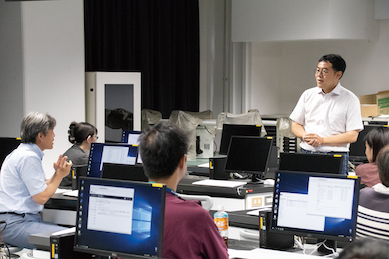
Guidance about PandA for the Faculty of Medicine
Published online: October 23, 2020
Published online: August 10, 2018 (Original article)
October 23, 2020 (English article)
This academic year (2018), the Faculty of Medicine will put the Medical Student Information System (MedSIS), the Faculty's original LMS, to disuse and shift entirely to PandA. As the autumn trimester* drew near, the Faculty of Medicine held an guidance about the usage of PandA for its faculty and staff in charge of lectures. 38 faculty and staff members, who are in charge of 30 subjects in total, applied for this guidance, which is covered in this article, and the third guidance, which was held two weeks prior to the fourth.
* Autumn Trimester: The Faculty of Medicine divides the academic year into the spring, autumn, and winter trimesters, lasting from April to early August, from early September to late December, and January to March, respectively.
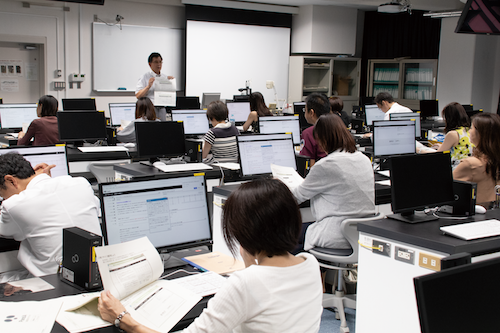
Session at the guidance. One PC was provided to each participant to use PandA in practice during the guidance.
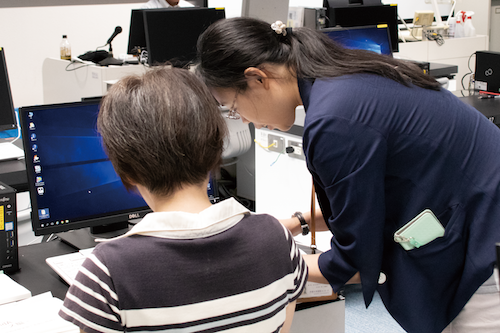
Program-Specific Researcher Shoko Tani (right) (Graduate School of Medicine/Medical Education Center) answered questions from participants.
Program
Date and Time: Monday, July 30, 2018, 14:30〜16:00
1. Introduction
14:30~14:35
Presenter: Hiroshi Nishigori (Associate Professor, Graduate School of Medicine/Medical Education Center (at the time of the interview))
2. Usage of PandA: Explanation and Question-and-Answer Session
14:35~15:55
Presenters: Shoji Kajita (Professor, Institute for Information Management and Communication)/ Hiroshi Nishigori (see above)
3. Announcement of Important Matters
15:55~16:00
Presenter: Hiroshi Nishigori (see above)
Handouts Used in the Meeting
Program Descriptions
1. Introduction
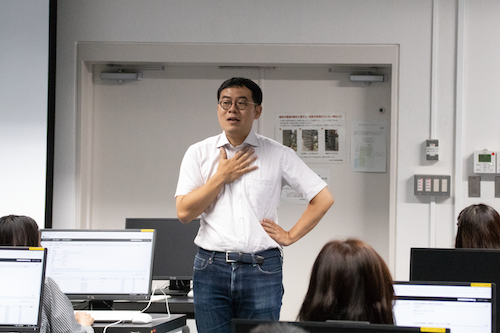
In the introductory part of the meeting, Associate Professor Nishigori (at the time of the interview) explained the process of shifting from MedSIS to PandA in this academic year (2018). He also added this guidance aimed at assisting subject matter faculty and staff members responsible for managing class material who may be unfamiliar with the use of PandA.
He said that he would explain PandA as simple as possible and he would welcome any questions. Faculty and staff members asked questions individually to the presenter after the presentation, as well as in the question-and-answer session.
2. Usage of PandA: Explanation and Question-and-Answer Session
In the explanatory part of the meeting, Professor Kajita provided explanations using PandA Instructor's Manual (JP) (English version), made by the Institute for Information Management and Communication, along with the Faculty of Medicine-Only PandA Manual Volume 1: Login/Logout; Faculty of Medicine-Only PandA Manual Volume 2: Resources, and Faculty of Medicine-Only; and Faculty of Medicine-Only PandA Manual Volume 3: Adding Staff (Users) to Subjects (Sites), made by the Medical Education Center.
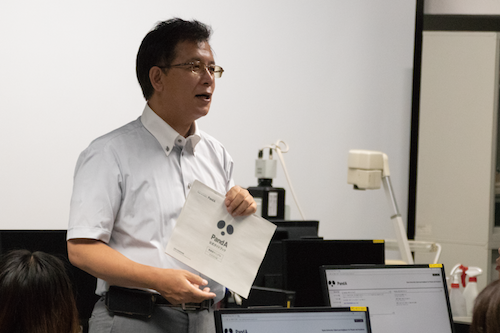
Professor Kajita explained that PandA was a tool built with the aim of assisting students and instructors in all class activities, from course registration, class management, assignment submission, exams and grading. Then he explained how to log in and log out from PandA, how to use the "resources tool" (to view, add, or delete material and create folders), and how to add (or delete) users to/from the course worksite. During the session, the participants used the PCs on hand to experience PandA in practice.**。
** PandA can be accessed from "PandA:Gateway."
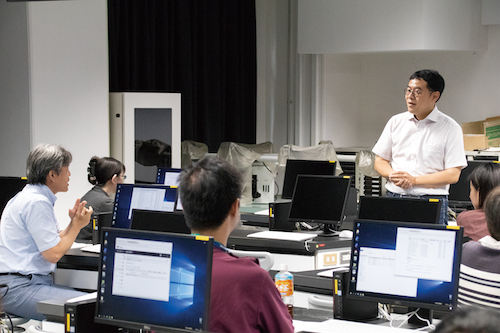
Question-and-answer session
In the question-and-answer part of the meeting, Associate Professor Nishigori answered the questions. One participant asked whether distributing handouts and using PandA would be used concurrently. Associate Professor Nishigori answered that, Faculty of Medicine as a whole, they planned to centralize to the PandA. He continued that, however, some laboratory and diagnosis and treatment department might have specific reasons for other methods, such as the difficulty in distributing electronic information due to confidentiality considerations, and in such cases, having the flexibility to take suitable measures would be desirable.
Furthermore, Associate Professor Nishigori explained that the aim behind the shift toward paperless systems was to reduce excessive waste of paper-based material. He also explained that at the same as the shift, they were making sure that they could transit smoothly from paper material distribution to electronic distribution by PandA.
One participant with experience in using PandA expressed concern about potential tampering with uploaded material. Associate Professor Nishigori answered that it would be helpful to upload material in PDF format instead of PowerPoint and to impose PDF editing restrictions. He continued that in the first academic year of PandA operation, they would keep collecting concerns and issues regarding the use of the PandA and address them appropriately.
Additionally, Associate Professor Nishigori said that a survey on the usage of the PandA in the subjects for the spring trimester had shown that most of them used PandA. He also reported that, regarding overall use of PandA, they were circulating a questionnaire among both the students and the faculty and staff.
3. Notification of Important Matters
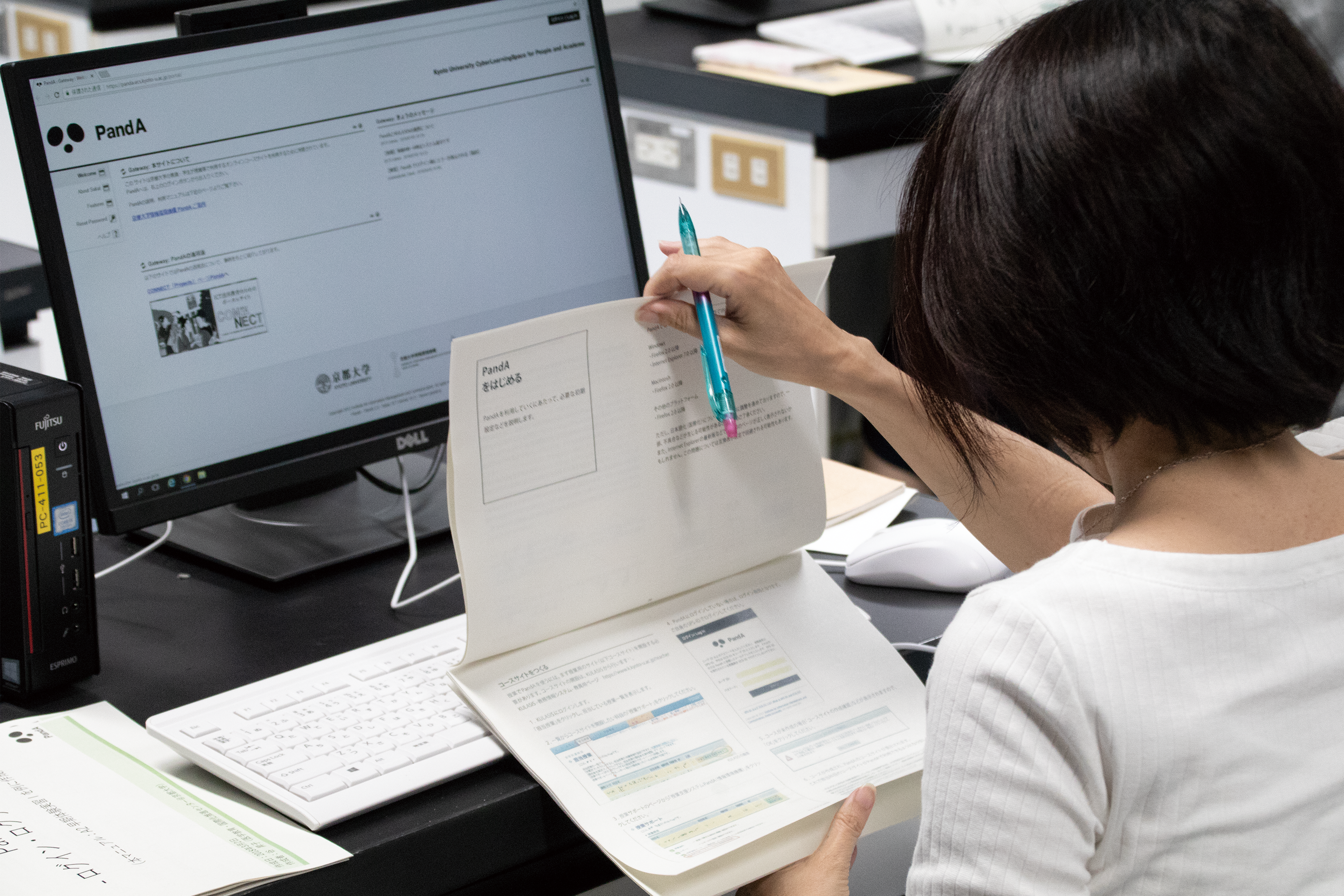
Participants taking notes onto the distributed manual, while keenly listening to the explanations.
In this part of the meeting, Associate Professor Nishigori requested that the faculty and staff upload material about three days prior to the class, so that students could print material available on PandA and bring it to the class.
As a supplemental explanation, he reported that there would be virtually no concern about students adapting themselves to PandA because they gained knowledge about its usage through the classes of the Medical ICT Literacy provided by Professor Tomohiro Kuroda (Division of Medical Information Technology and Administrative Planning, Kyoto University Hospital). He said that, meanwhile, students expressed their persistent wish for the distribution of paper material to take notes onto during lecture. To respond to the request, according to Associate Professor Nishigori, they are currently considering possible solutions including printing assistance.
Lastly, he said that for additional clarifications, the Institute for Information Management and Communication had a point of contact for inquiries, while at the Faculty of Medicine, Program-Specific Researcher Tani of the Medical Education Center served as a contact***. This concluded the 90 minute long guidance.
*** To contact Program-Specific Researcher Tani, see the last page of each Faculty of Medicine-Only PandA Manual.
Messages from Faculty Members in Charge of the guidance
Associate Professor Hiroshi Nishigori (Graduate School of Medicine/Medical Education Center)
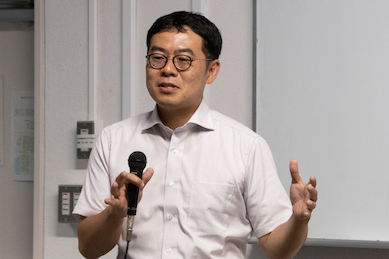
This was the fourth guidance held this academic year (2018). I'm pleased that many faculty and staff members have taken part in the session. Up to the fourth meeting, almost all faculty and staff members in charge of a total of 61 subjects offered at the Faculty of Medicine have participated in the guidance.
PandA is a tool with great depth for use. I configured the content for the workshop with the intention of introducing the audience to its basic features. This intention is shared in the manuals distributed in the meeting, which were prepared by Program-Specific Researcher Tani.
I hope to work out and realize ways of assisting the activities of the students, faculty and staff of this Faculty additionally, reviewing the results of questionnaires to be circulated sometime soon.
Professor Shoji Kajita (Institute for Information Management and Communication)
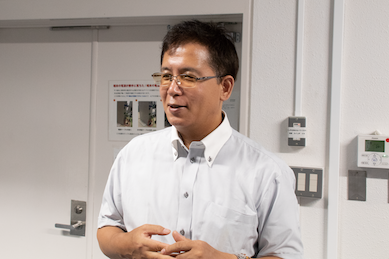
PandA assists students and instructors in their activities throughout the course. Whenever you have access to the internet, you can access the very convenient tool, PandA, whether you are on or off the campus (i.e., from any place on the globe) and irrespective of the day of the week. You can use a variety of its capabilities. As a first step, I would suggest that you begin with using the "resources tool" instructed today.
As you get accustomed to and interested in PandA, you would be able to use other capabilities, such as "assignments tool" and "forums tool"****. Furthermore, I would be happier if you could extend the use of PandA to your flipped classroom approach*****. At any rate, I suggest you give PandA a try.
**** The features named here are also described in the following article on this site. Use PandA (for Discussion-Based Humanities Seminar)-Let's Take a Look at Professor M's Teaching Life-
***** The next interview article reports examples of flipped classroom using PandA.
Professor Shuji Kaneko (pharmacodynamics), Graduate School of Pharmaceutical Science: Flipped Classroom: Respecting Individual Learning Styles
Program-Specific Researcher Shoko Tani (Graduate School of Medicine/Medical Education Center)
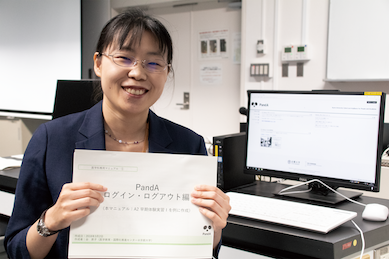
As Associate Professor Nishigori has just said, today's material is created with the intention of informing you of the key points in the simplest way. When you use PandA for the first time, it may take some time before you get accustomed to it. The "resources tool" is the feature most likely to be used by the students, faculty, and staff at this Faculty. I would be pleased if this manual facilitated its use.
You will find my contact information on the last page of each manual. If you have any questions about the manuals, feel free to contact me.
Collect materials and article composition:Takeo Suzuki/Mana Taguchi

